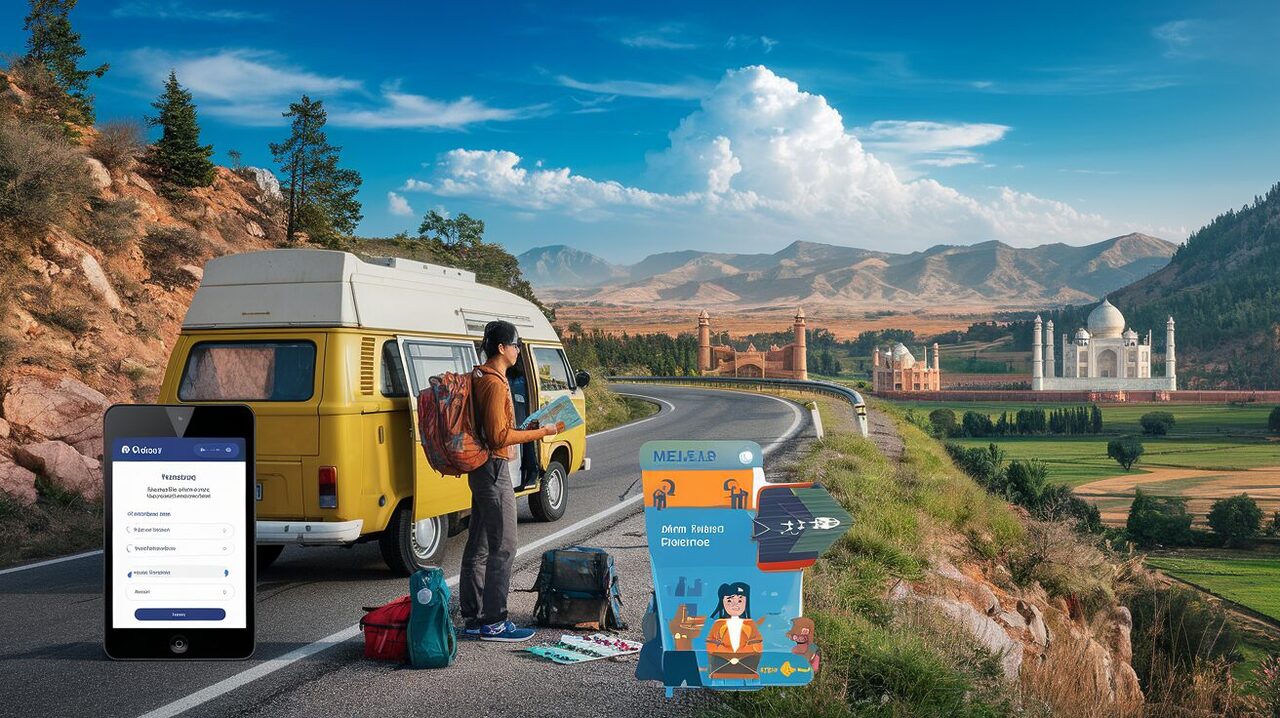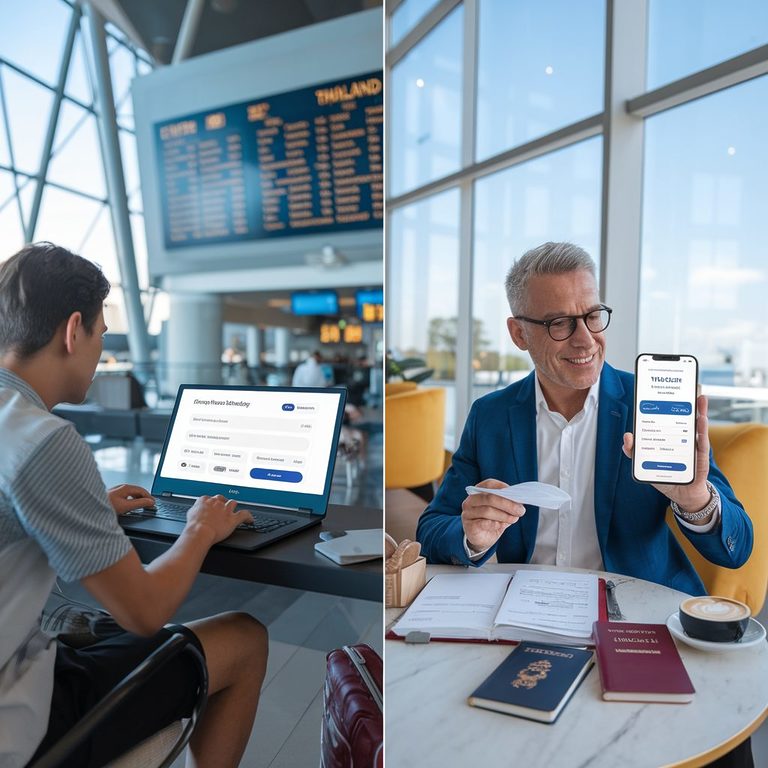Traveling overland to India can be an exciting adventure that opens up new opportunities for exploration. However, navigating the entry requirements can be a bit tricky. With the introduction of the e-Visa system, travelers now have a simpler and more convenient option for accessing this vibrant country. This electronic visa allows for easier planning and entry, especially for those embarking on a journey through neighboring countries. Understanding the specifics of the e-Visa and its regulations is crucial for a seamless experience.
Planning an overland journey to India? An electronic visa (e-Visa) can simplify your entry into this vibrant country. By understanding how this system works, including authorized entry points, restrictions, and the flexibility it offers for land travel, you can make your travel experience seamless and enjoyable.
Understanding the e-Visa System
The Indian e-Visa is a crucial development in travel convenience, allowing foreign nationals to visit India for various purposes, such as tourism, business, or medical visits. This electronic authorization eliminates the need for a traditional visa application at an Indian embassy or consulate, as the entire process can be conducted online.
Authorized Entry Points for e-Visa Holders
One essential aspect to note is that holders of an Indian e-Visa can only enter the country by air or sea. This requirement is a vital consideration for travelers who might plan to enter India from neighboring countries like Nepal or Bangladesh by land.
India has designated several dozen international airports as valid entry points for e-Visa holders. Major cities like Delhi, Mumbai, and Chennai are included, along with secondary locations such as Jaipur, Goa, and Varanasi. This variety ensures travelers have considerable flexibility when crafting their travel itineraries.
For sea travelers, there are also designated seaports like Mumbai, Cochin, and the newly accessible Port Blair in the Andaman Islands. This option is particularly appealing to those arriving by cruise or yacht.
Limitations for Land Entry
It’s important to understand that land and rail checkpoints are not accessible to e-Visa holders for their first entry into India. This limitation may surprise travelers who are accustomed to crossing land borders in other regions.
Exceptions for Multiple Entries
While the entry restrictions are specific, there is an important exception for those holding a double or multiple-entry e-Visa. Travelers can enter India by land, but only after making an initial entry via air or sea. This flexibility opens up various transportation options during their stay and allows for more in-depth exploration of the region.
Exiting India with the e-Visa
While entry points are limited, e-Visa holders enjoy greater flexibility when exiting India. They can leave the country by air, land, sea, or rail. This freedom enables travelers to continue their adventures to neighboring countries without facing visa restrictions.
For instance, visitors wishing to experience India and then venture into Nepal should plan to enter India first through an air or sea route and subsequently exit overland to Nepal.
Future Developments
India is actively working towards expanding the convenience of overland travel with the e-Visa framework. New rail checkpoints are in the pipeline, which will potentially allow easier land entry for travelers in the future.
For additional insights on the travel authorization process, you can read more about visa requirements here, here, here, and here.
With an understanding of the Indian e-Visa system, travelers can prepare effectively for their overland journey, ensuring a smoother experience when exploring the diverse landscapes and rich cultural tapestry of India.
- Entry Points: e-Visa holders can only enter via air or sea.
- Land Crossing: Initial entry by land is restricted for e-Visa holders.
- Exception: Double or multiple-entry e-Visa holders can enter by land after initial air/sea entry.
- Popular Airports: Major international airports include Delhi, Mumbai, Chennai.
- Seaports: Options include Mumbai, Cochin, Port Blair for sea arrivals.
- Flexible Exits: e-Visa holders can exit via air, land, sea, or rail.
- Regional Exploration: Travelers can combine land travel to neighboring countries.
- Gradual Improvements: India is developing land entry options for e-Visa holders.
India’s adoption of the e-Visa system significantly enhances the travel experience, especially for overland travelers. This electronic travel authorization allows tourists to enter the country through designated air and sea entry points, while also offering the possibility of land entry for those with a double or multiple-entry e-Visa, provided they have entered the country initially via air or sea.
Travelers planning to make multiple journeys, including crossing into neighboring countries, need to remember that exits from India are much more flexible, allowing transitions by air, land, sea, or rail. The gradual development of rail checkpoints further indicates the Indian government’s commitment to extend e-Visa options for land travelers.

Hello! I’m Elisa, a 45-year-old travel companion with a passion for exploring new places and cultures. With years of travel experience under my belt, I thrive on creating memorable journeys for my clients. Let’s embark on an adventure together!





